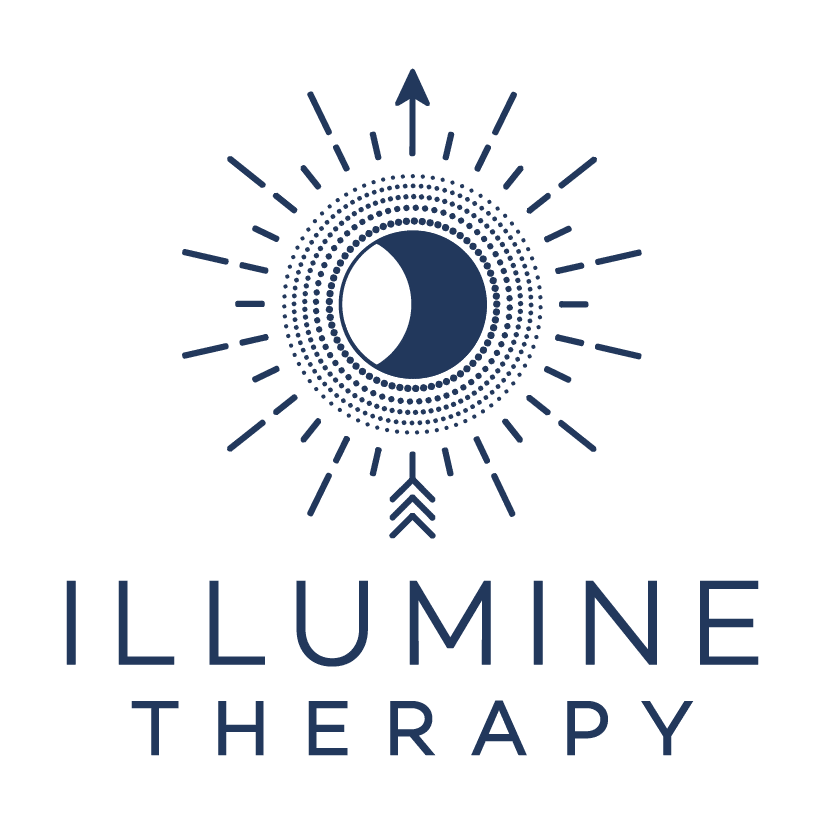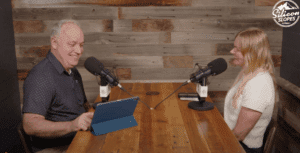You wake up already tense, your mind scanning the day for what could go wrong.
You push yourself through back-to-back meetings, messages, and endless to-dos, but there’s this quiet hum of dread underneath it all.
You’ve tried breathing techniques, cutting caffeine, even long walks — and while they help for a moment, the tension always returns.
It’s tempting to think anxiety is the root cause. That if you could just learn the right breathing technique, get the right mindset hack, or find the right supplement, it would all go away.
But for many people, it’s not an anxiety problem at all.
It’s a you’ve lost yourself along the way problem.
And it’s the reason you are…
- Riddled with overwhelm every time you think about making a step toward the life you want — because it feels so unfamiliar at this point.
- Stuck and paralyzed, thinking the life you’re in is the only option… or feeling like you’d have to burn it all down to build something new.
- Living in self-doubt, not trusting yourself, and looking to others to create happiness, safety, or even make decisions for you.
- Pouring all your energy into work and others, hoping the more you give, the better you will feel — only to be left depleted.
- Spending an insurmountable amount of time numbing out, moving through life on autopilot.
When you’ve been in a long battle of misalignment with your sense of self and values — and it isn’t getting easier — all the anxiety relief hacks in the world won’t cut it.
Because the reason it’s been damn near impossible to shake the anxiety is that you are still lost. You don’t have a North Star.
Do You Remember When You Started to Disconnect?
Does this ring true for you?
If so, can you remember the moment — or season — when you started to break from your sense of self? When you began to push away your true desires in favor of what was easier, safer, or expected?
For many people, it’s not one big event. It’s a gradual drift.
A slow swapping of your preferences for someone else’s.
A quiet ignoring of your needs because there’s no time.
A silent shelving of joy because it feels “indulgent.”
Before you know it, you’ve built a life that functions… but doesn’t feel like yours.
How Change Can Happen
One of the biggest shifts for many of my clients is when they begin to actively and intentionally reconnect with parts of themselves they had ignored, cut off, or been conditioned to disconnect from.
They started small:
- Figuring out what they like and don’t like.
- Exploring new things without the pressure to be “good” at them.
- Letting curiosity lead, just to see where it takes them.
Sometimes, though, you will have to make harder moves:
- Walking away from things, habits, and relationships that no longer serve you.
- Moving toward behaviors, values, and actions that do.
These weren’t overnight changes. It’s still a process. It’s one small degree turn at a time.
Once my clients begin connecting to themselves and making decisions centered on who they are, the anxiety that once felt ever-present begins to fade. Not because they “fixed” the anxiety, but because they addressed the deeper cause — disconnection from self.
Imagine this…
A few months from now, you are consistently connecting to who you are and what you value —
You notice the small moments of pleasure –
You picked up hobbies you lost along the way –
You reclaim your voice in relationships –
And your anxiety begins to decrease.
You begin to:
- Move through the world with more confidence.
- Trust yourself to make decisions without outsourcing them.
- Say “yes” to things that light you up, and “no” to things that drain you.
If it were just about anxiety relief… or doing more for others… or ticking off another accomplishment, you would have already solved it. Because you are smart and capable.
But giving and doing for others does not heal a lost sense of self.
Questions to Bring You Back to Yourself
You don’t have to know all the answers right now. Sometimes the first step is simply starting to ask the right questions:
- When do I feel most like myself? Think of moments, activities, or relationships where you feel aligned with your core self — even if they’re fleeting.
- What am I avoiding or putting off because it feels too indulgent or “unproductive”?
- Is there a part of me that’s been sidelined — something I secretly long for but haven’t given myself permission to explore?
- How have my values shifted over time — and have they been overshadowed by the pace or demands of my current life?
Write them down. Sit with them. Notice what comes up without judgment.
The Truth About the “Authentic Self”
An authentic self isn’t a fixed point. It’s a moving target — because when we grow, we change, and when we change, we grow.
That means reconnecting with yourself isn’t a one-and-done project. It’s an ongoing relationship.
And while the work can feel daunting at first, it becomes deeply rewarding. Every step you take toward your own alignment is a step toward a calmer, more confident life — one where anxiety isn’t the constant hum in the background.
Because our authentic self evolves, it can be incredibly helpful to work with someone who can hold up a mirror throughout the process – someone who can help you spot and shift the patterns you can’t always see yourself.
Support for the Journey
This is the work I help clients do every day — moving from feeling lost, “blah,” and overextended, to feeling centered, connected, and moving forward with clarity.
Two approaches I often use in this work are:
- Sensorimotor Psychotherapy — helping you get out of your head, stop overthinking, and learn to trust the messages your body is sending.
- Acceptance and Commitment Therapy (ACT) — helping you align with your values and take committed action toward the life you want.
You don’t have to stay lost. You can come back to yourself — one small, curious, intentional step at a time.
Reach out today for a free consult and see how we can decrease anxiety, build trust, and connect back to your authentic self.










